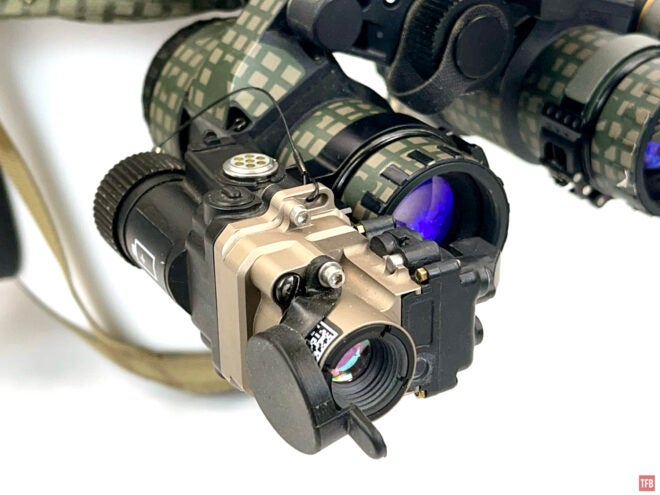Friday night is here and you know what that means, Friday Night Lights! Last week we took a look at a very rare and obscure thermal spotter, the Elbit CORAL-SD. Well, today might be even more rare and obscure. The Optics 1 ECOSI (Enhanced Clip-On SWIR Imager) is a device that some have heard of but very few have seen in person let alone seen what it can do. The ECOSI can see a wavelength of light that is very difficult to see, it can see SWIR.
More Clip-Ons @ TFB:
- Friday Night Lights: Optics1 ECOTI – Enhanced Clip-On Thermal Imager
- Friday Night Lights: Jerry-C AKA Chinese ECOTI
- FRIDAY NIGHT LIGHTS: COTI (Clip-On Thermal Imager)
What Is SWIR?
SWIR is the wavelength between NIR and MWIR.
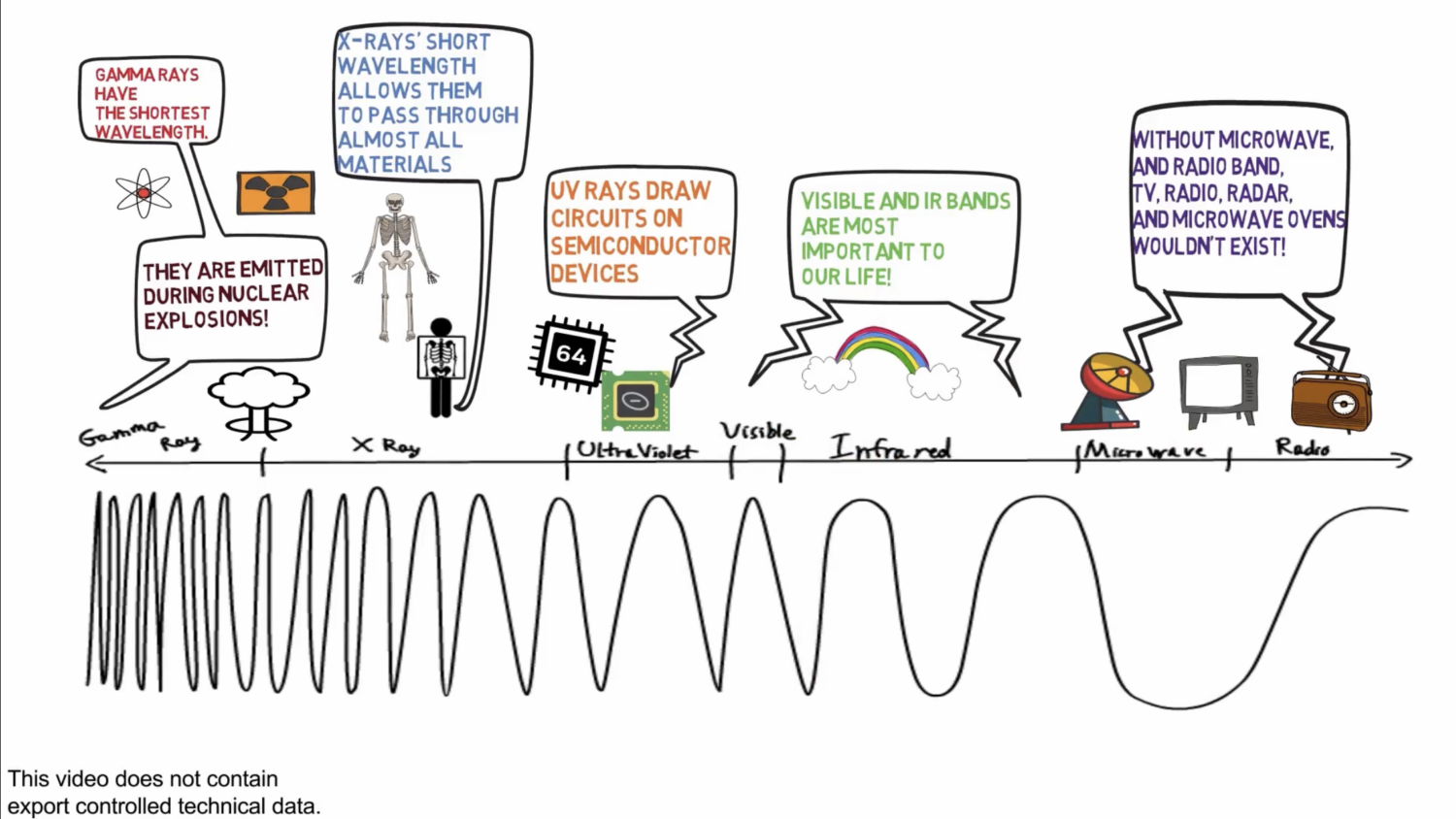
Screen Cap From Edmund Optics

Screen Cap From Edmund Optics

Our eyes see in the VIS spectrum which is a very narrow band of light. Night vision like analog night vision goggles can see VIS as well as NIR which is usually 800-1000 nM. Gen 3 tubes can see up to 940nM while Photonis tubes can see up to 1000 nM. But saying Photonis can see these wavelengths is like your smartphone being able to see 850nM IR LEDs. Just like your eyes, a digital camera sensor can see a faint pink glow from 850nM IR LEDs. Looking at light or lasers north of 1,000nM appears dim when observed by Photonis image intensifiers. This wavelength and any higher is what many consider to be “out of band” for night vision.
Digital camera sensors have an IR blocking filter to block out infrared light. Remove this filter and you have converted your camera to full spectrum. According to Life Pixel, the people who converted Sony A7S to full spectrum, silicon based digital camera sensors can see up to 1200nM. This is in the SWIR spectrum. SWIR is typically 900nM to 1,700nM but some classify it as 700nM to 2,500nM. For most military applications, it is 1500nM and up that they focus on. There are lasers and LEDs that operate in that wavelength and they are invisible to full spectrum digital cameras. This is what I would consider to be true out of band. And this is where SWIR imagers like the ECOSI are designed for.
There are beacons and laser range finders that operate in this higher SWIR range such as the Wilcox RAPTAR, L3 STORM and a lot of the military laser rangefinders like the one in the Vectronix JIM-LR. There are laser designators, like the PEQ-1B, that technically operate in the SWIR wavelength but they are 1064nm lasers. While this is technically out of band for analog night vision, cheap digital sensors can see this easily once their IR blocking filter has been removed.
OPTICS 1 ECOSI

Image by Optics 1

Image by Optics 1

Image by Optics 1
The image above looks different because it has the See-Spot 2x Extender attached to it which also functions as as an eyepiece.
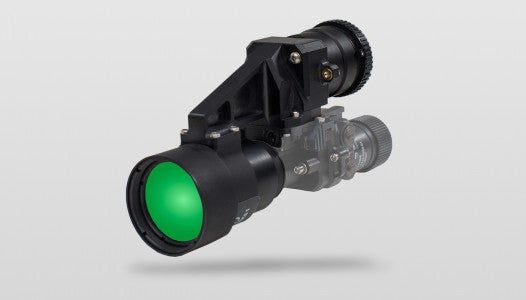
Image by Optics 1
The image above does not have the PRF counter which is a pulse rate frequency counter. Anyone use a SeeSpot with PRF code counter? What does that do?
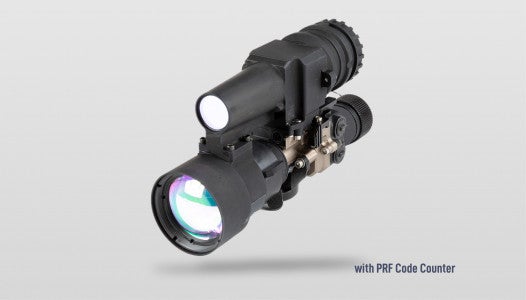
Image by Optics 1
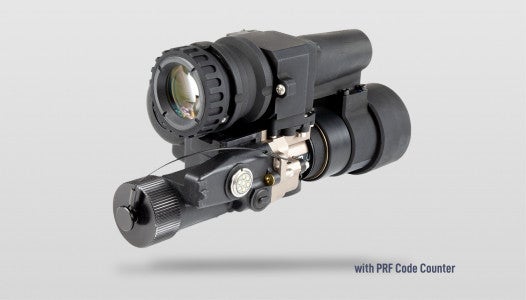
Image by Optics 1
The ECOSI has a similar form factor to that of the ECOTI. The only difference is the SWIR head is a little bit longer than the thermal head of the ECOTI. Also, the ECOSI is anodized tan. But the battery compartment with the data port and control buttons appear to be the same across both devices.




L-R: Jerry-C, ECOSI, COTI

The right side has a single button. Press and hold this down to turn the ECOSI on or off.

The left side of the ECOSI has two buttons. This is for changing brightness when the ECOSI is turned on. If you press and hold down either button, you bring up the built-in menu.

Press the right button to move down the menu. Press the left button to move right or select an option.
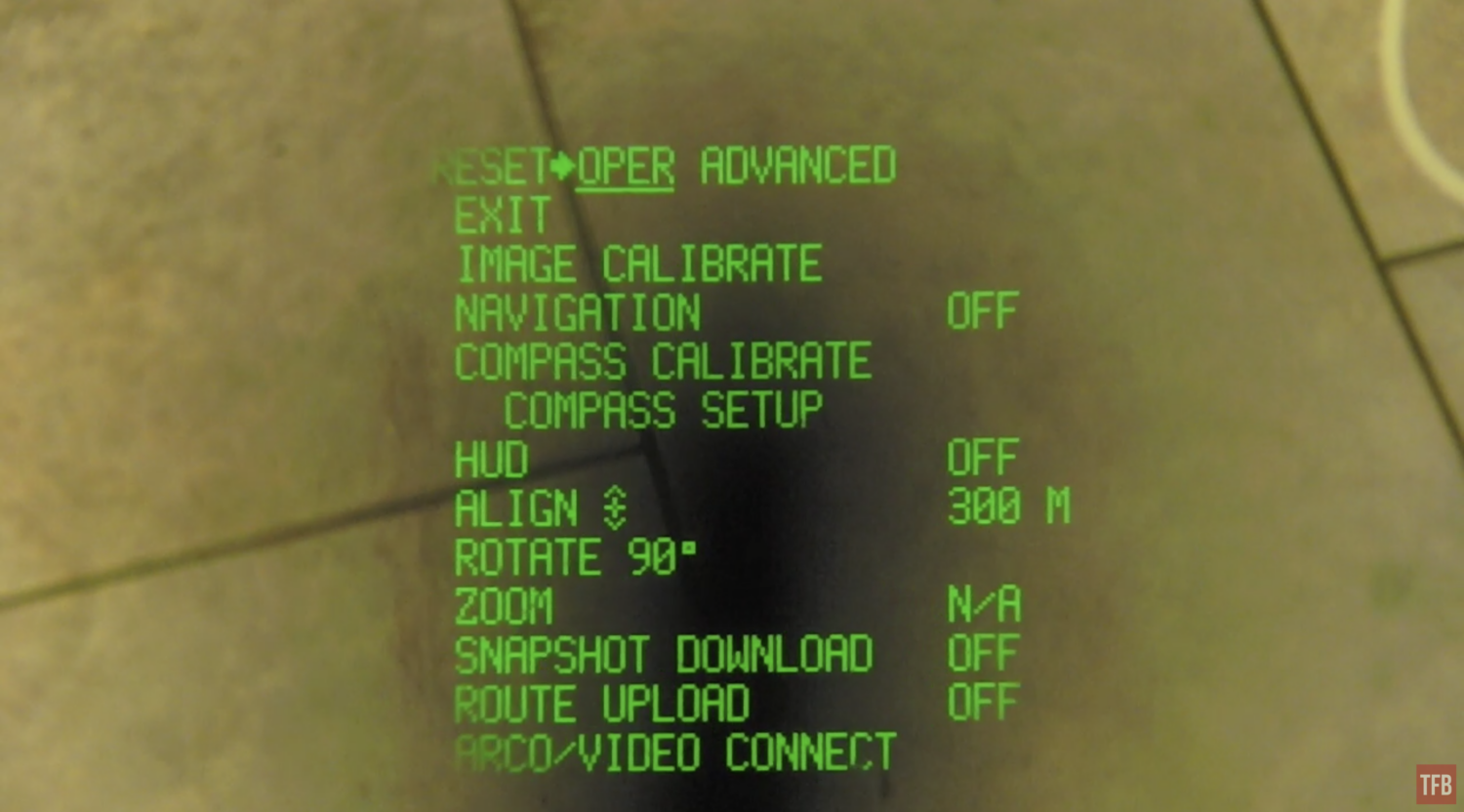
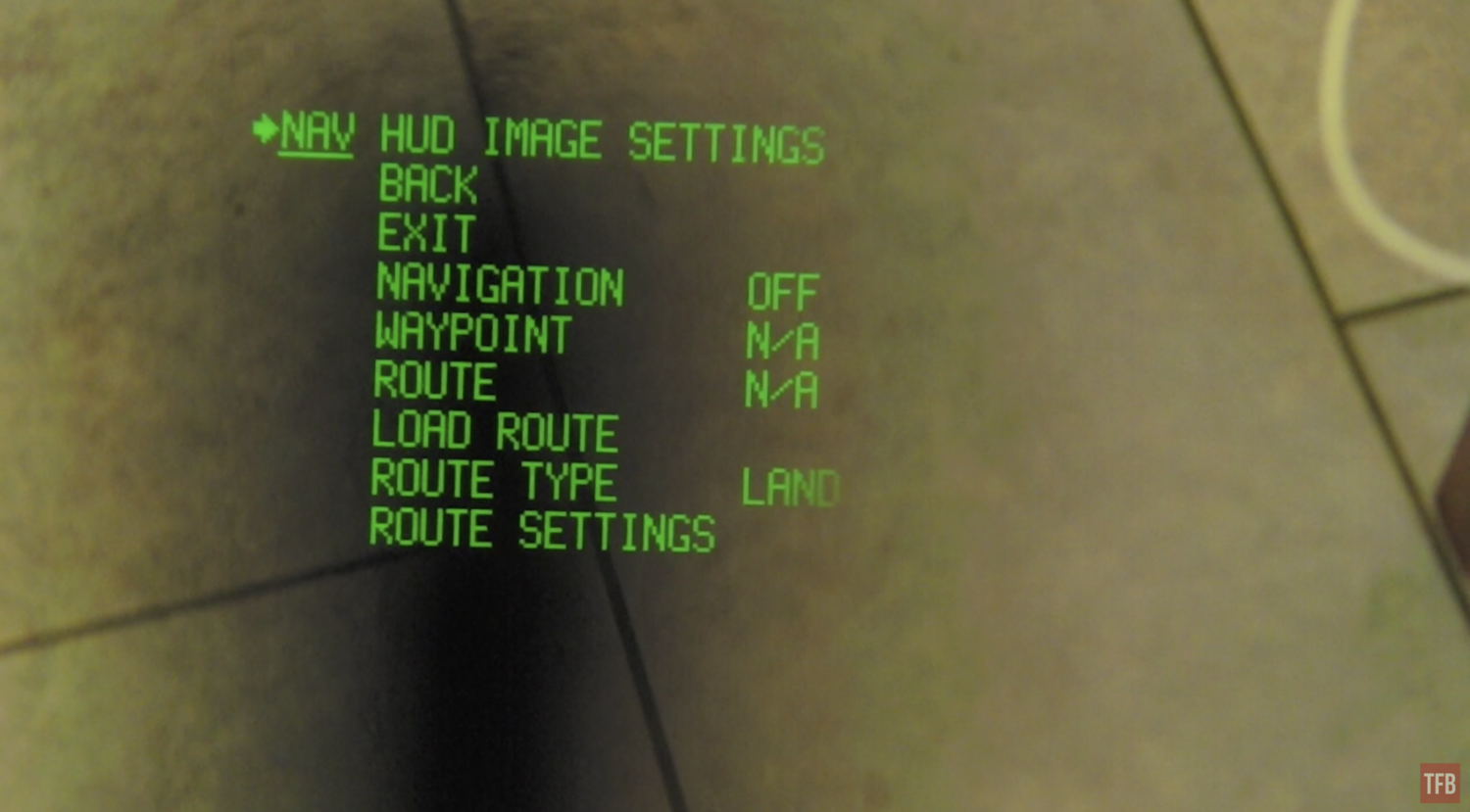
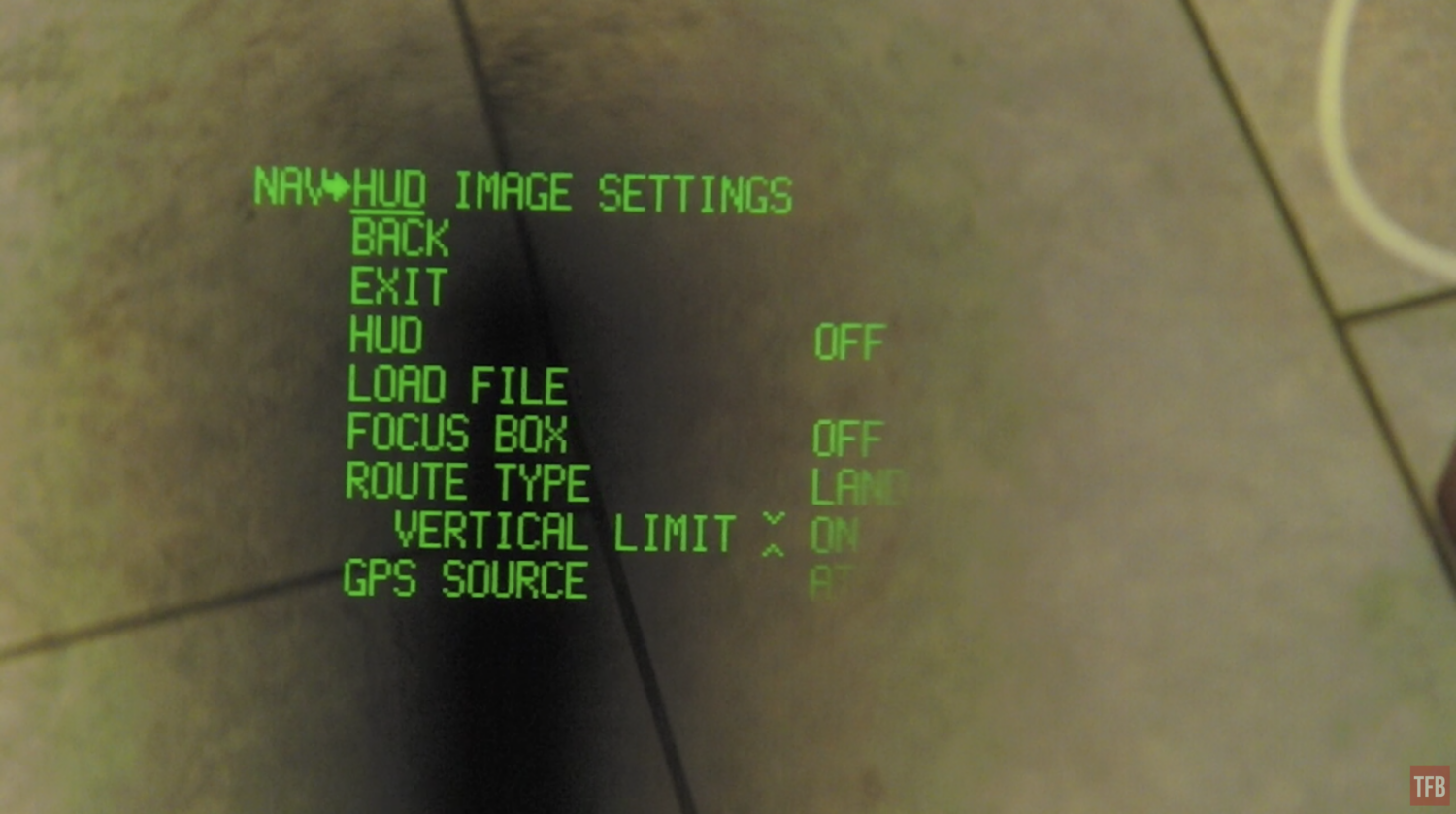
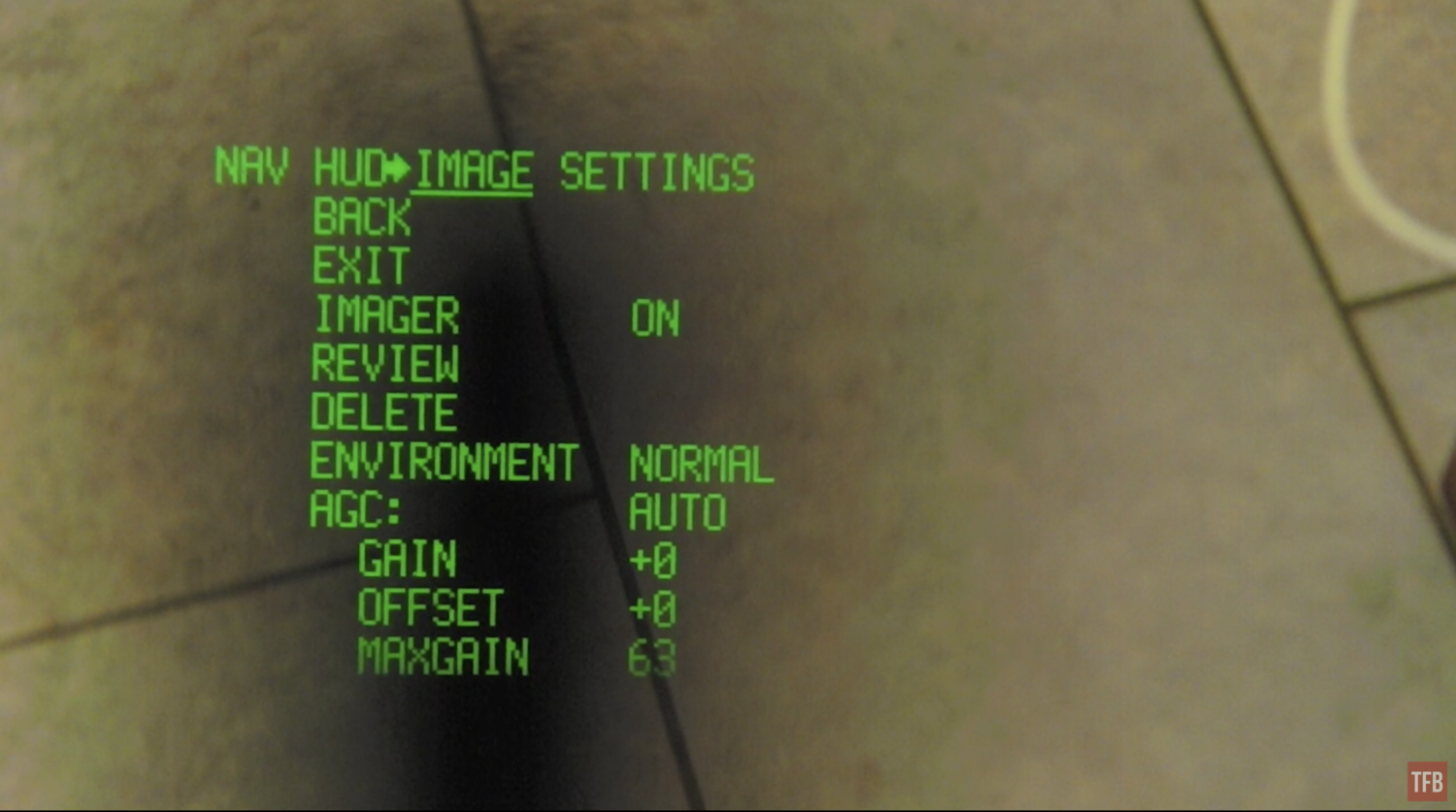
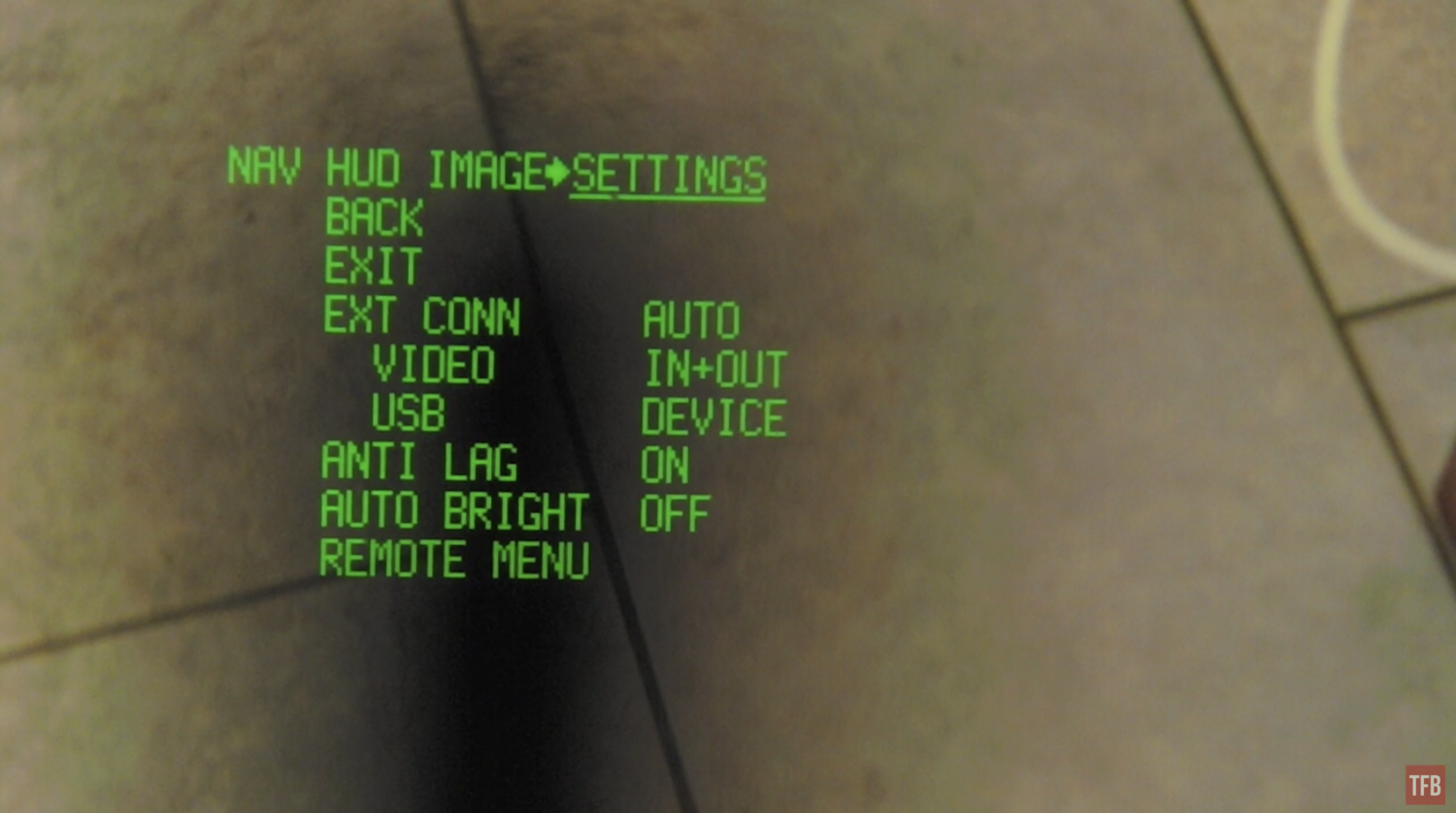
Some of the menu got cut off but that is because I am using a different lens than what the ECOSI was designed for. And I am using a SiOnyx Aurora.
Pressing the right button cycles through three options. One brings up the battery level as well as the current mode. Next is image capture. In this mode, just press the left button and it will save the image the ECOSI is showing. The last option is where you can change the mode. The ECOSI also has two modes and two palettes. The default mode is Observe/White.

Press the lower left button when you see this on screen display and you can switch to Observe/Black. This is basically a negative image.

If you press the upper left button, the ECOSI will switch from Observe to Pointer. If you are in Observe/Black, it will switch to Pointer/White. There is no Pointer/Black mode.

The Pointer mode on the ECOSI sort of increases the contrast in the image. Making the shadows very dark. At night, the image is almost all black save for any lights or lasers that the ECOSI can see. This is sort of like See Spot mode. This helps you see the dot produced by lasers and reduces the image from other sources.
What Can The ECOSI See?
As mentioned earlier, digital cameras with full spectrum capability like a modified digital camera or a SiOnyx Aurora can see into some of the SWIR wavelength up to around 1200 nM. The ECOSI can see that and higher. I have a helmet beacon that emits a SWIR flash. Under analog night vision, it is invisible and under full spectrum like the SiOnyx Aurora it is a faint purple blinking light. I also have a 1064nM laser pointer as well as my higher-power laser rangefinders, my Wilcox Raptar S ES and L3 STORM, which emit a laser range finder pulse at 1550nM.
As expected, the ECOSI can see the laser rangefinder pulse from my Wilcox Raptar S ES and L3 Storm. When I tested the 1064nM laser pointer, it could see that easily. What was interesting is that the ECOSI has a cut-off filter. It does not show infrared lasers like my MAWL which operates around 850nM. I am not sure if the ECOSI sensor just cannot see this wavelength or if Optics 1 has filters in the objective lens to block lower wavelengths. LED lights definitely do not show up under the ECOSI but incandescent bulbs do like older headlights on cars.

I found using the ECOSI with the SiOnyx to be better than using analog night vision. When I use the ECOSI with analog night vision, everything is monochromatic so if someone is using a SWIR laser, it looks the same as normal NIR lasers. But when I use the ECOSI on the SiOnyx Aurora it can see color and the ECOSI displays images in green. So anything that is SWIR will show up green as well as purple. See the screenshot below. This is a 1064nM laser pointer. I have not adjusted the ECOSI image to overlap perfectly. Because of that, you can see the purple dot produced by the SiOnyx sensor next to the green SWIR laser image produced by the ECOSI.
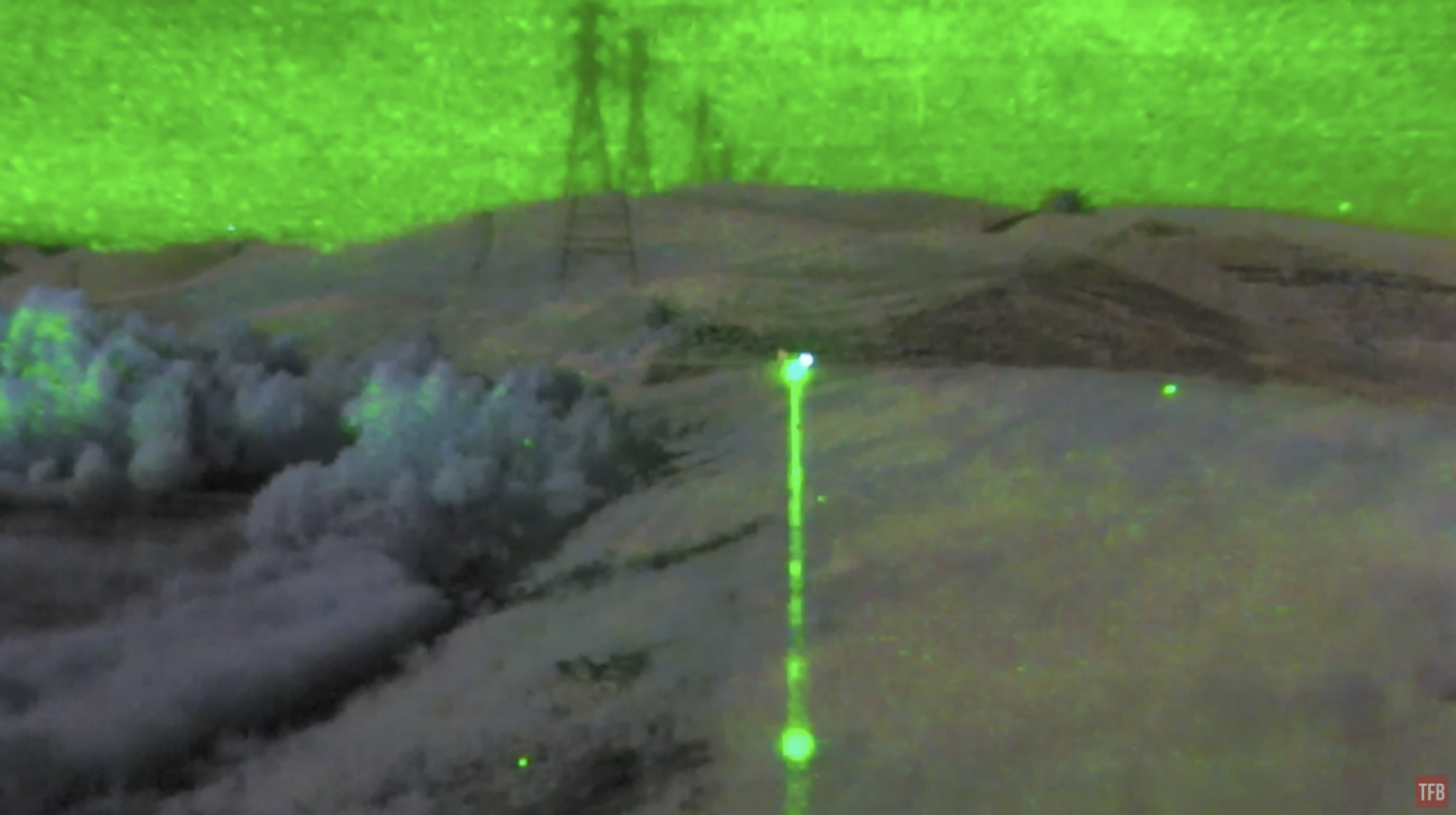
Watch the video below.
Observing The Observer
While I tested the ECOSI’s ability to see the 1550nM laser range finding pulse off my Wilcox Raptar S ES and L3 STORM, I was curious what it would look like down range looking back in the direction of said laser range finders. It went as I expected, the ECOSI could totally see and show the out of band laser range finding pulse. The L3 STORM laser pulse only lasted a single frame but it was a large circle compared to the Wilcox RAPTAR S ES which we already knew has a longer lasting pulse in comparison but size wise it is much smaller.
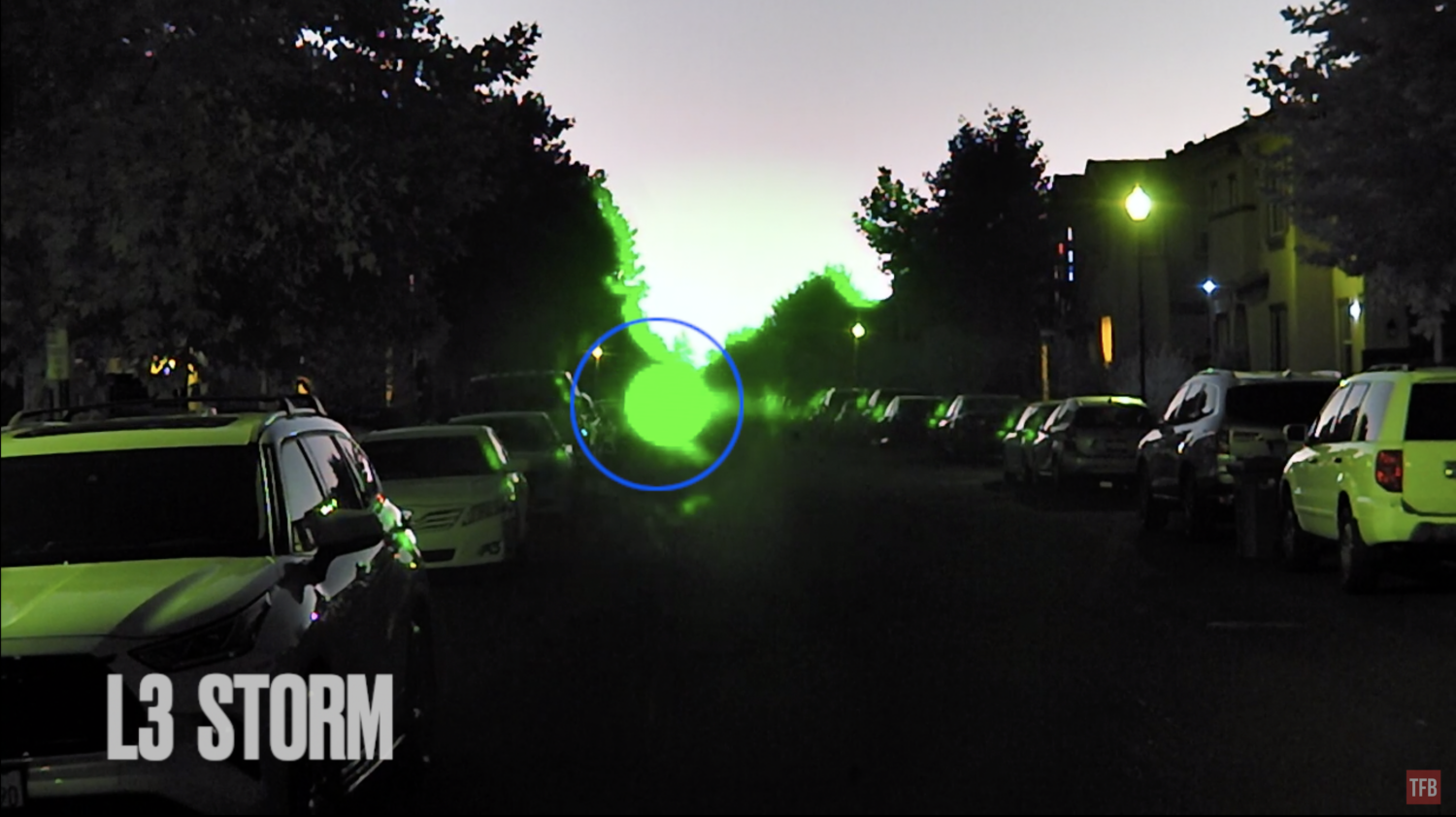
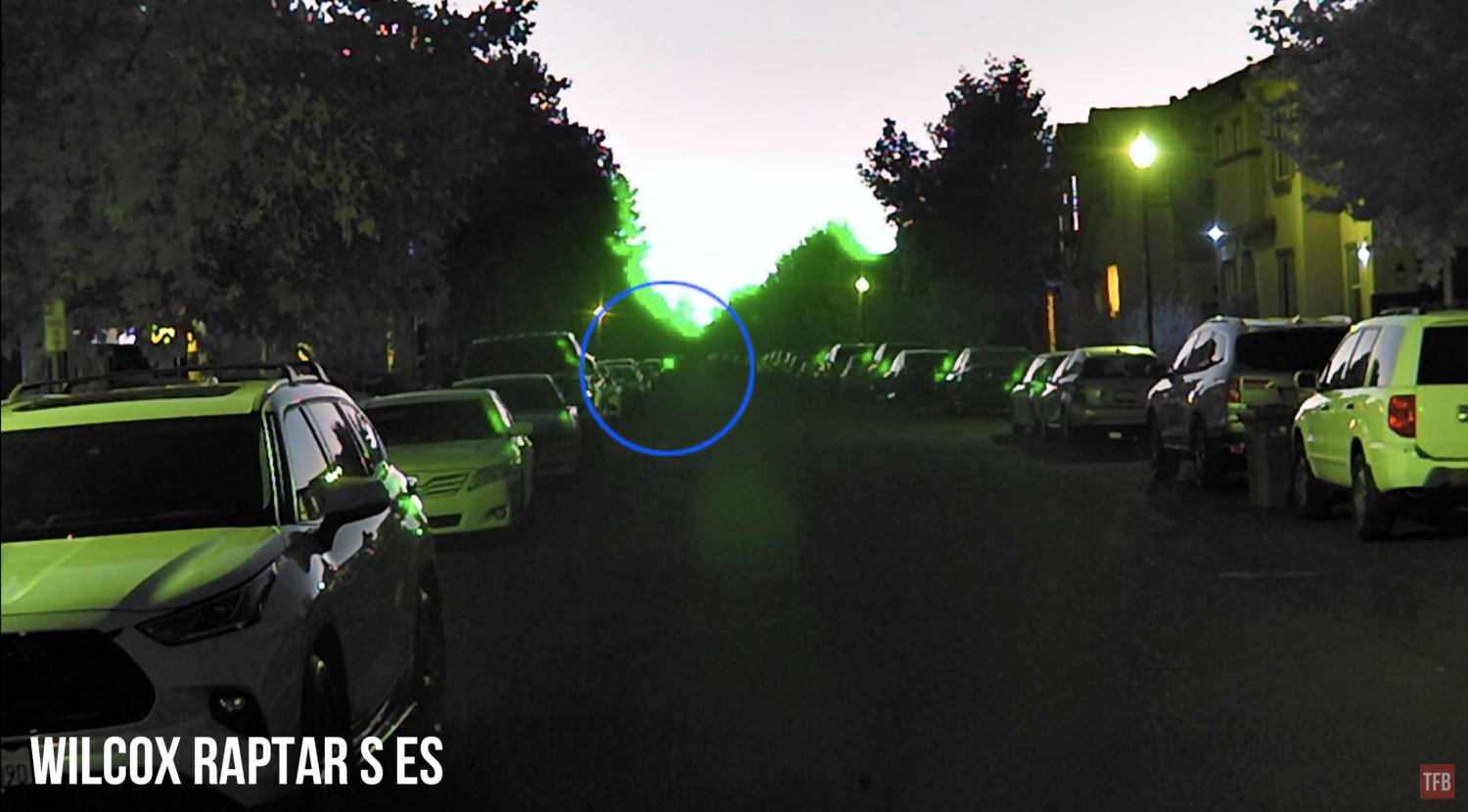
What is really interesting to see from this test is that SWIR does not care about photonic barriers. The light from the recently setting Sun still causes the Aurora Pro to auto adjust its exposure making the image dark. There is no way I could see the person or the tripod with spotting scope standing just to the right of a parked SUV but I know its there because I set it up there. These laser range finding pulses are normally invisible to all technology like analog night vision and full spectrum digital sensor cameras. But if you have a SWIR imager you can see them easily.
The next test I will conduct will be to see if the ECOSI can detect and show these types of LRFs at an off angle. What angle can the ECOSI still see the laser range finding pulse if it can at all or does it only work if the LRF is ranging directly at the ECOSI’s direction like in the test above? However I do not think I will be able to test this by the time this article is published. I will update this article with my findings after I perform this test in the near future.
Hacking With The ECOSI
As you saw above, I used the ECOSI with my modified SiOnyx Aurora. Well, one issue with using an ECOSI is you can’t use a COTI unless you use dual tubes. Below I mounted the Enhanced Clip-On SWIR Imager on the right objective lens and my JERRY-C over the left objective lens.


Chimera ANVIS-10 with ECOSI and Jerry-C.
But the true hack was mounting the ECOSI onto my PSQ-20.


By mounting the ECOSI to the PSQ-20 objective lens, the PSQ-20 can still have thermal fusion projected in the rear behind the image intensifier. While the ECOSI projects SWIR through the front of the objective lens for analog night vision.
See the screenshot below. The larger diameter green circle is the night vision image. The orange rectangle is the thermal image projected behind the tube. The smaller brighter circle in the middle is the SWIR image projected by the clip on the SWIR imager. So now I can see NIR, SWIR, and LWIR all in the same POV.
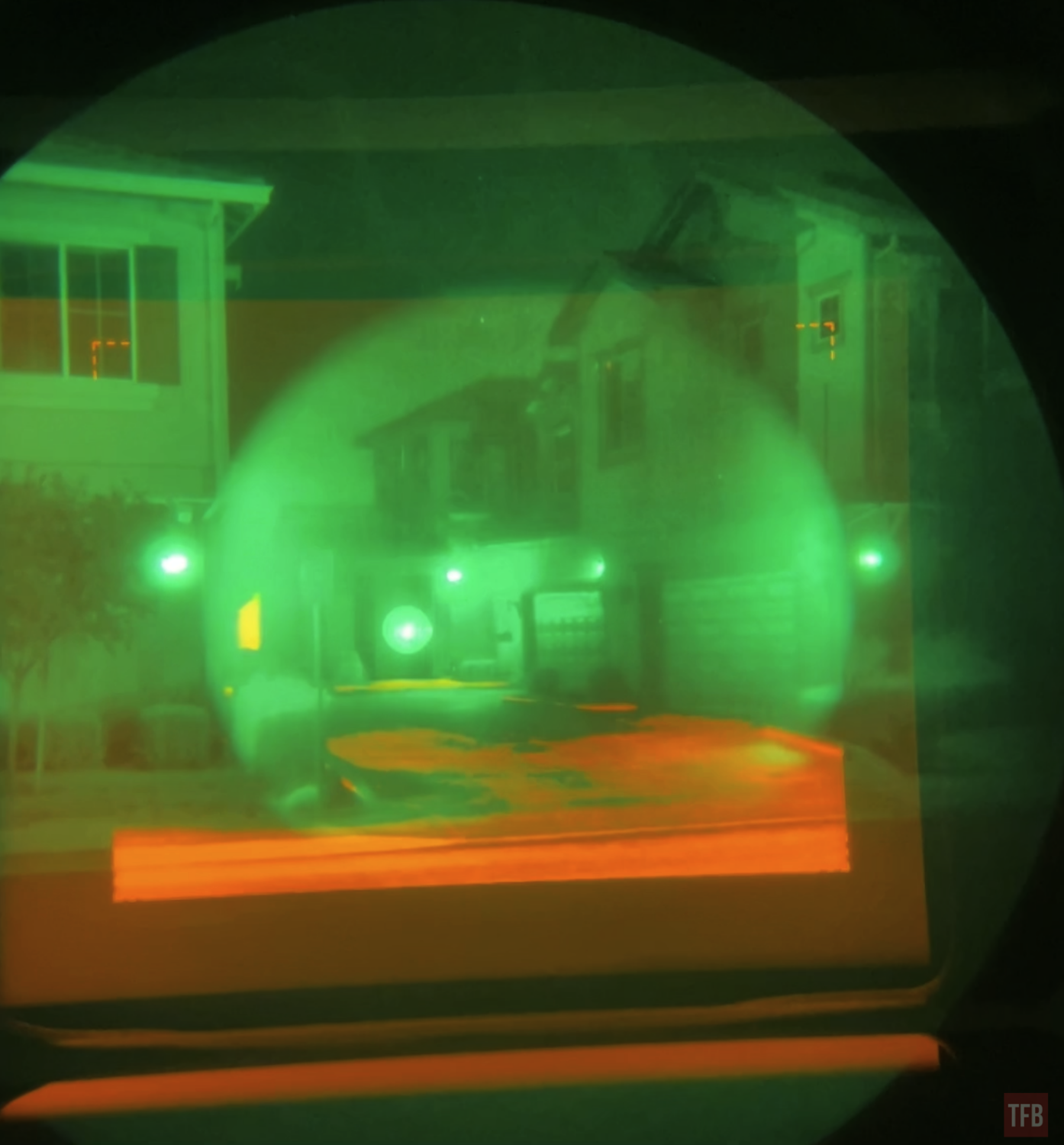
Final Thoughts On The ECOSI
The ECOSI is a very rare item. I have only heard of one other in civilian hands. I do not know what the retail price is for these. But given that the ECOTI is $8,300 and the ECOSI is probably made in fewer numbers it is probably a lot more expensive. The problem is it is a SWIR imager. And if you look up what SWIR imagers typically cost, they are extremely expensive. Small ones are $20k. Used ones are $12k. And those are for industrial lab use, not military use.
The Optics 1 SWIR imager is interesting. It can definitely see a wavelength that is not easily observed, 1500nM and up. Any SiOnyx Aurora or digital camera (with full spectrum modification) can see up to 1200nM. But as I showed earlier, the ECOSI can show lasers north of 1500nM. This is helpful and detrimental at the same time. A lot of the military rangefinders emit lasers in this wavelength. So now it is possible to see and detect them. However, the laser pulse is so quick, I am not sure how practical this is. It is certainly a potential threat but the fact that SWIR imagers are so expensive, these are not being issued to every soldier and it is doubtful our enemies are going to invest in such a niche application. If a company developed true SWIR aiming laser and SWIR illuminators that are outside of the digital sensor range, then a SWIR imager like the ECOSI could be an advantage. However, I see thermal and drones are a more significant threat than SWIR.
 Your Privacy Choices
Your Privacy Choices
